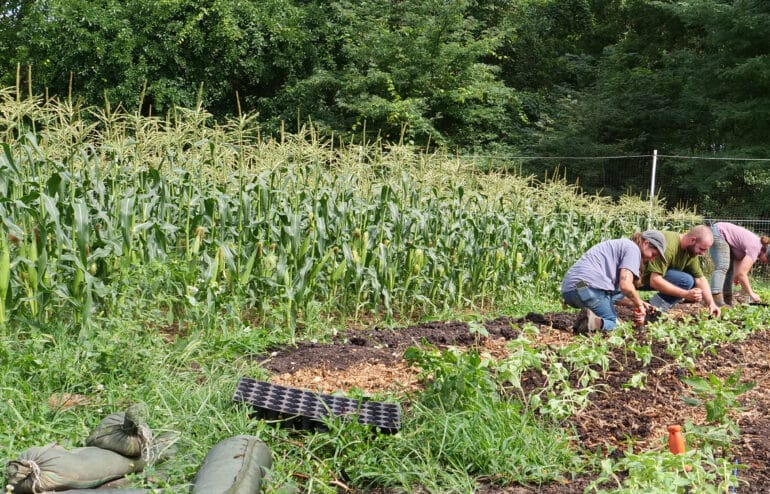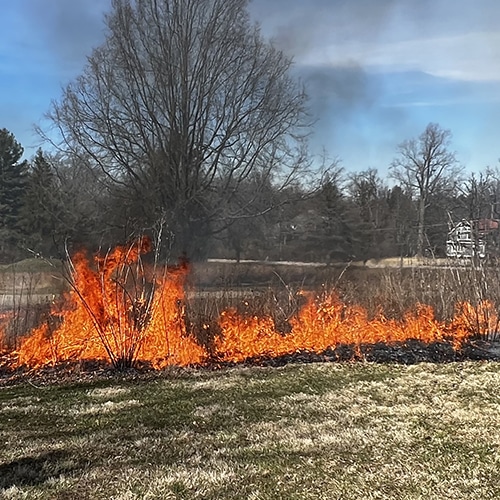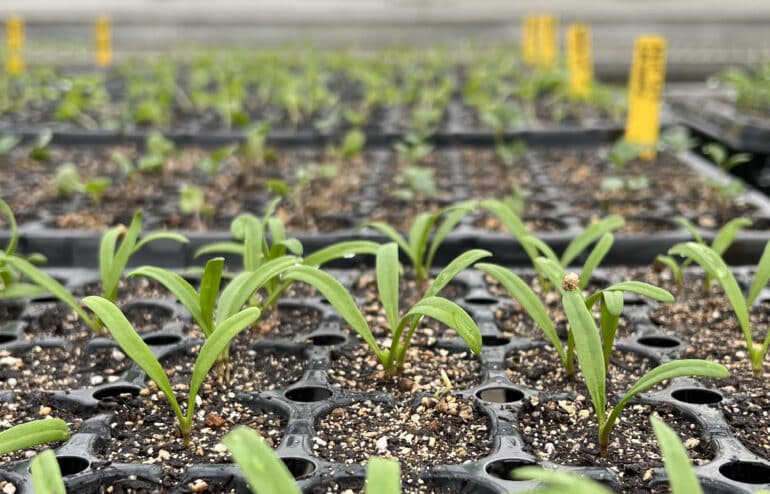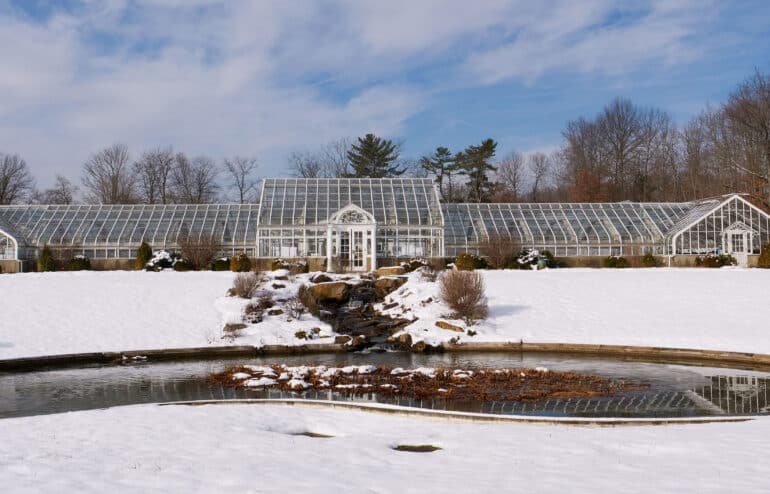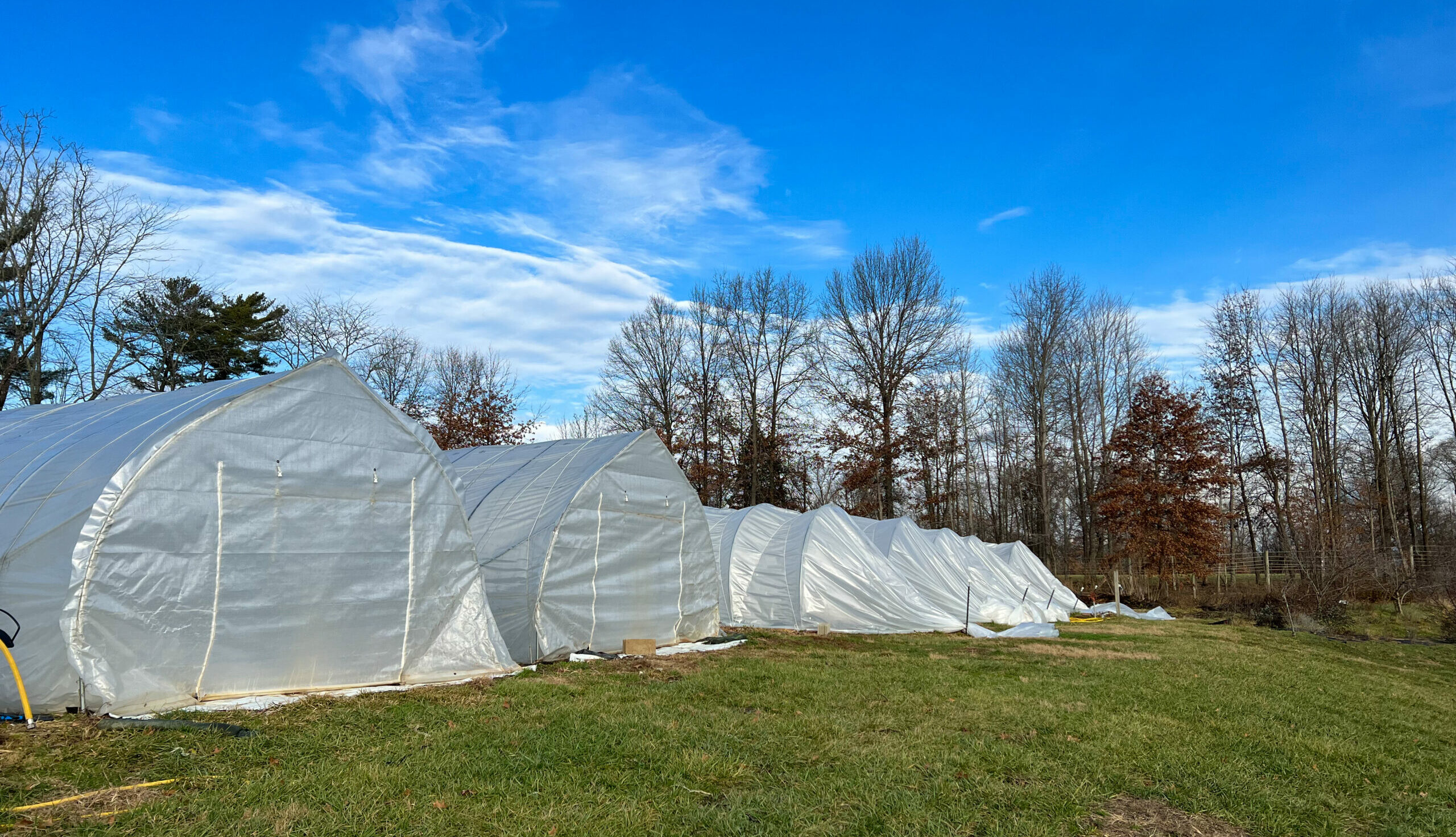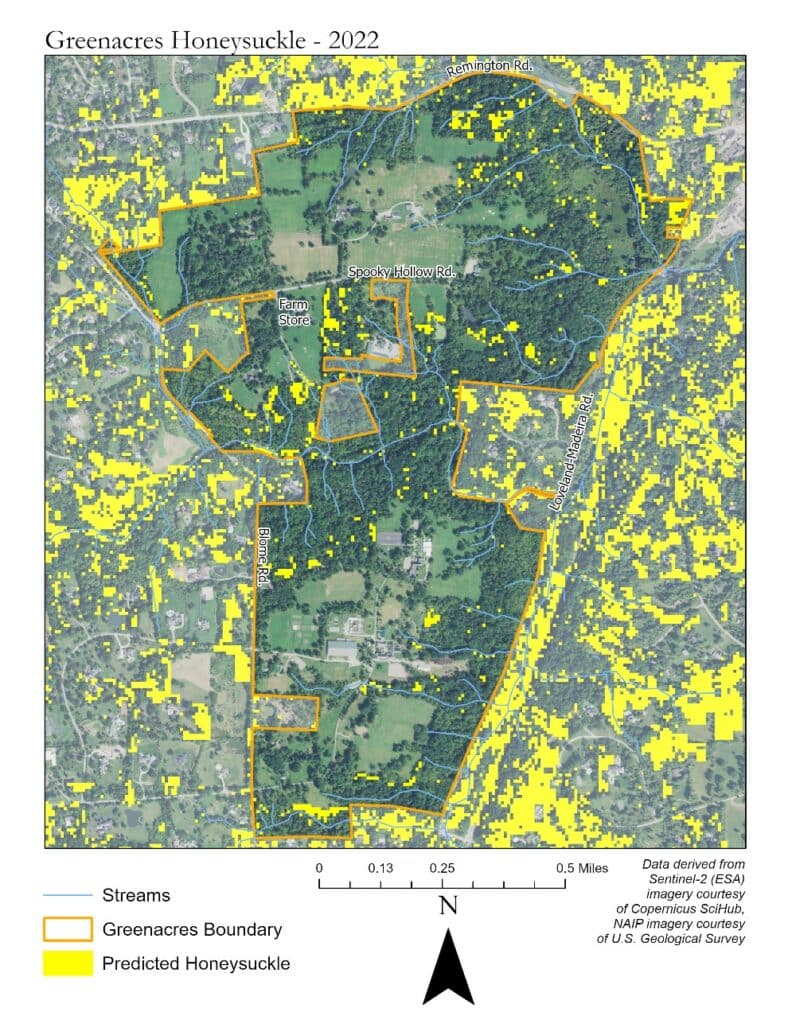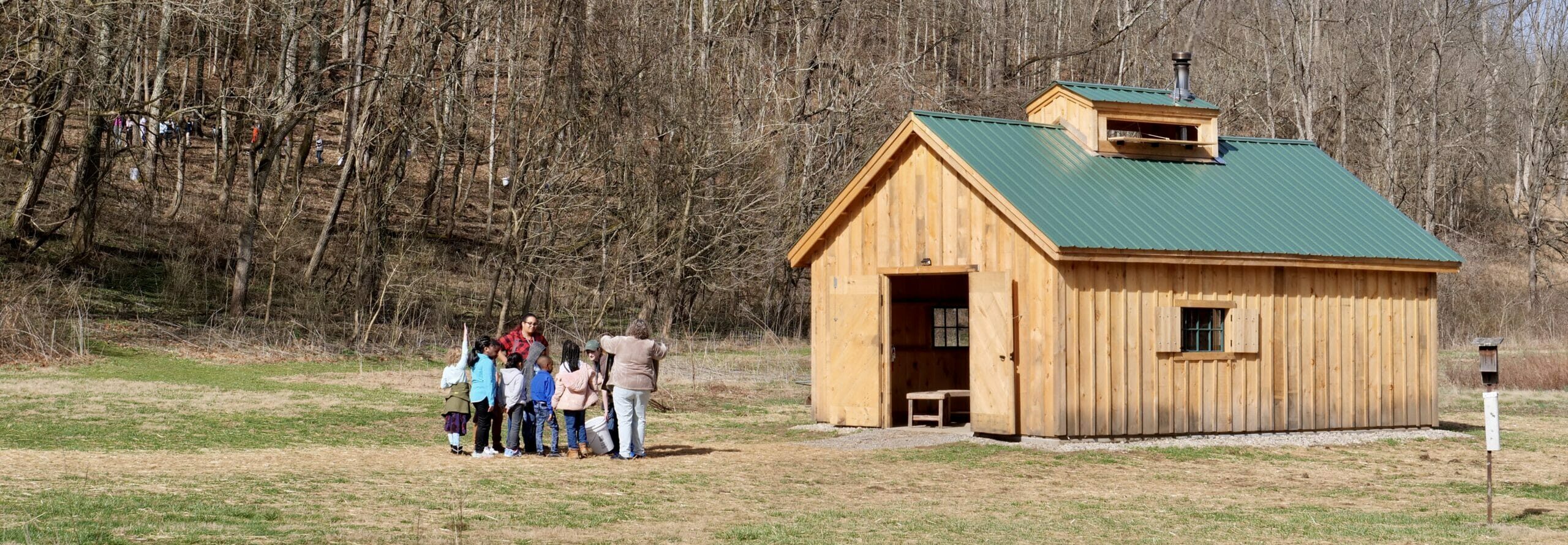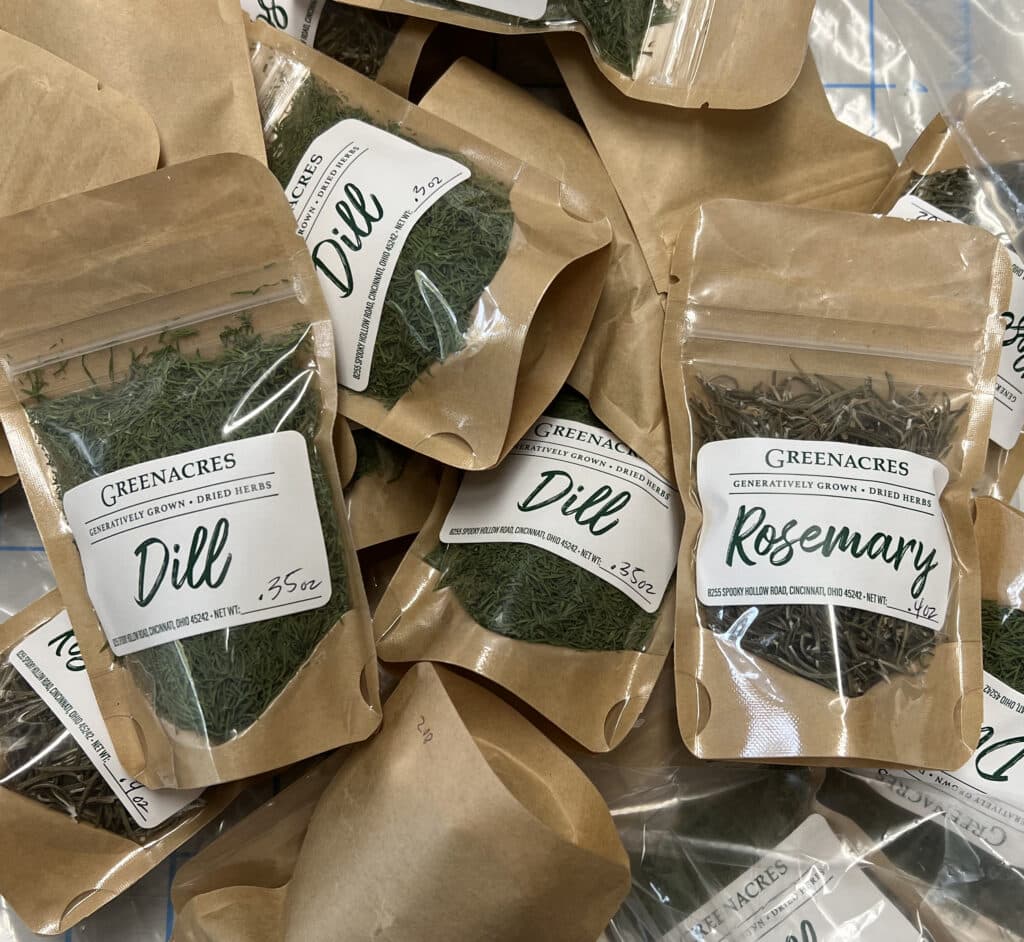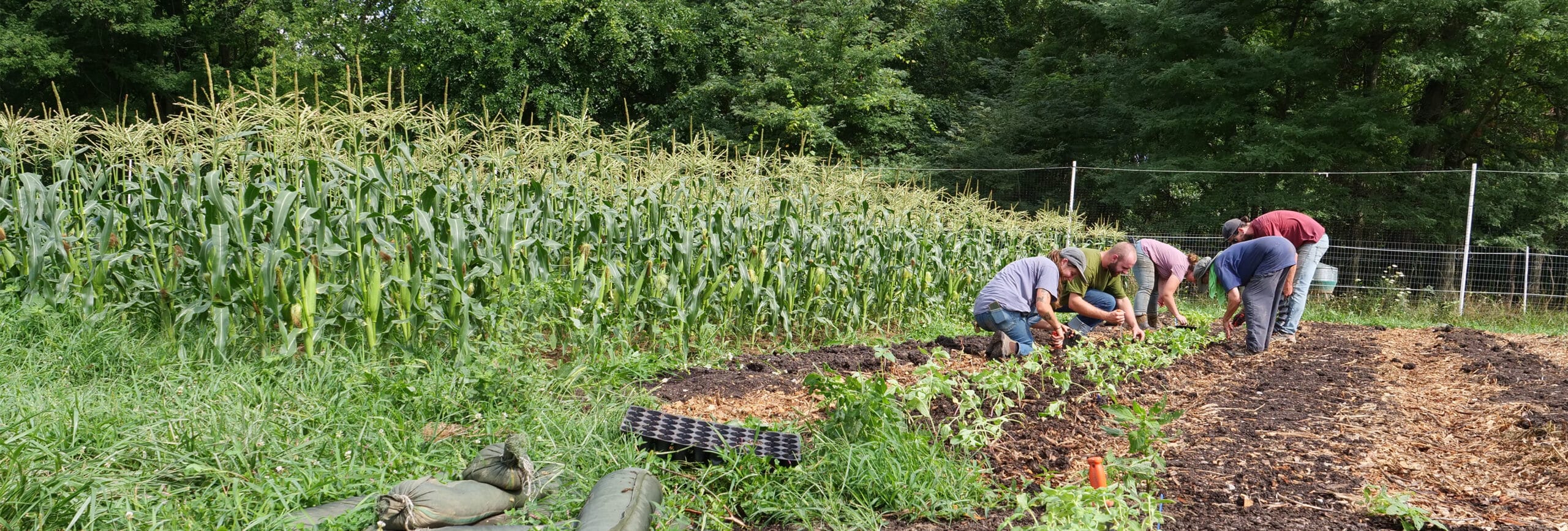
Cultivation Club Kickoff Event Sign Up
Register for our kickoff event, held on Saturday, April 15th from 9:30-11:30am.
We will provide information about the program and answer your questions. Breakfast will be provided. If you are interested in joining the program, you will be able to complete your required background check during the kickoff event!
No volunteer work will occur at the kickoff event – workdays will occur throughout the season.
This volunteer program is open to ages 16+. Children younger than 16 are welcome to attend the kickoff event with their guardian.
Interested in participating, but can’t attend the April 15 kickoff event? We’d still love to have you! Click here to visit the program’s MyImpact webpage, and click on “fill in an application” to register.

